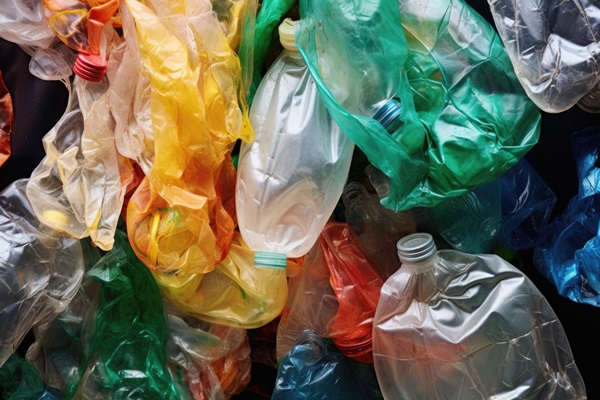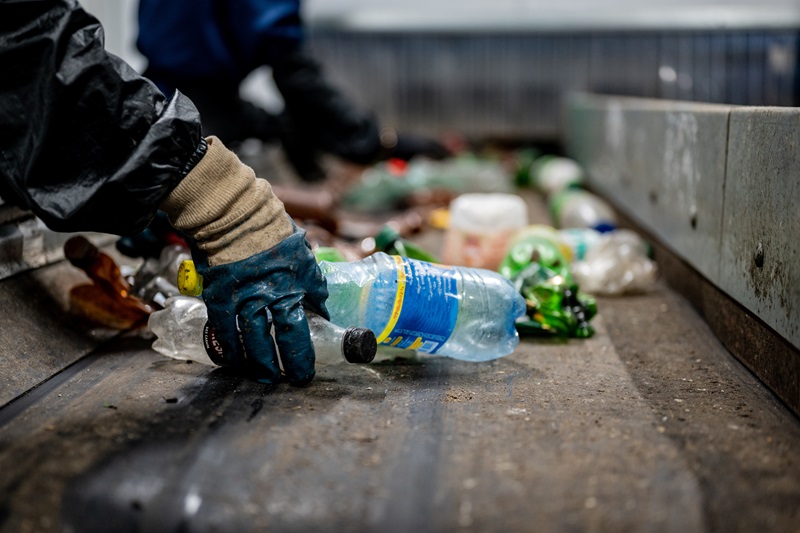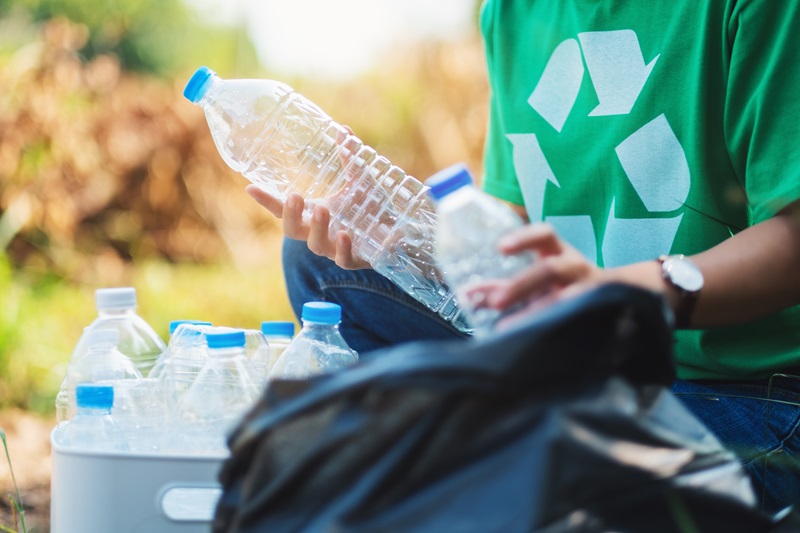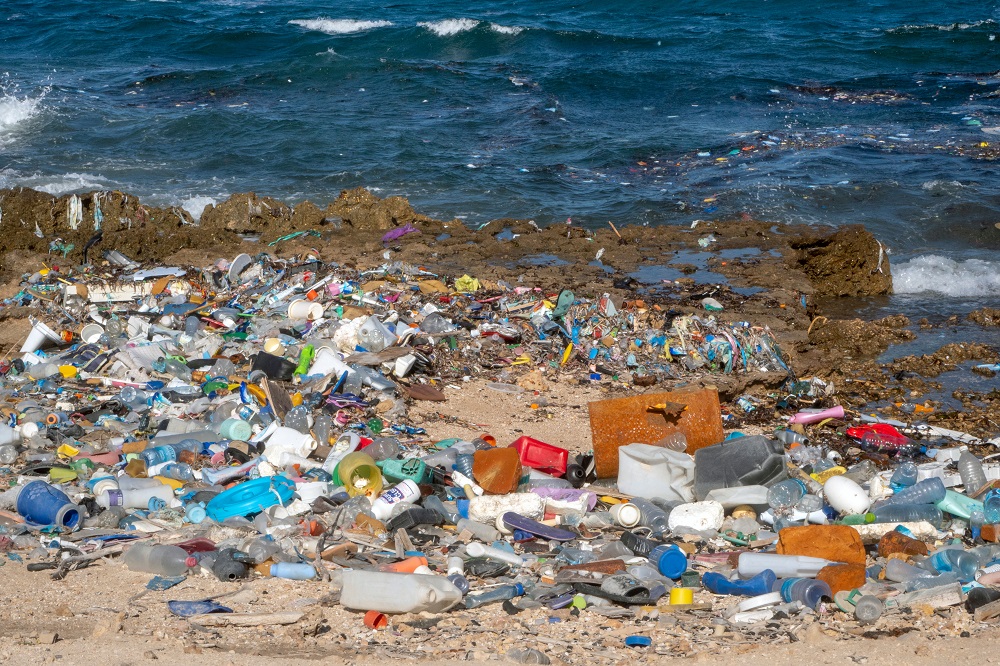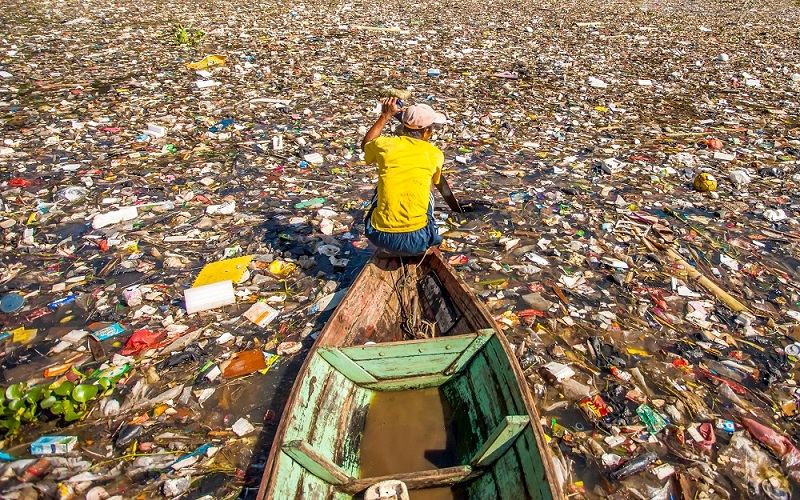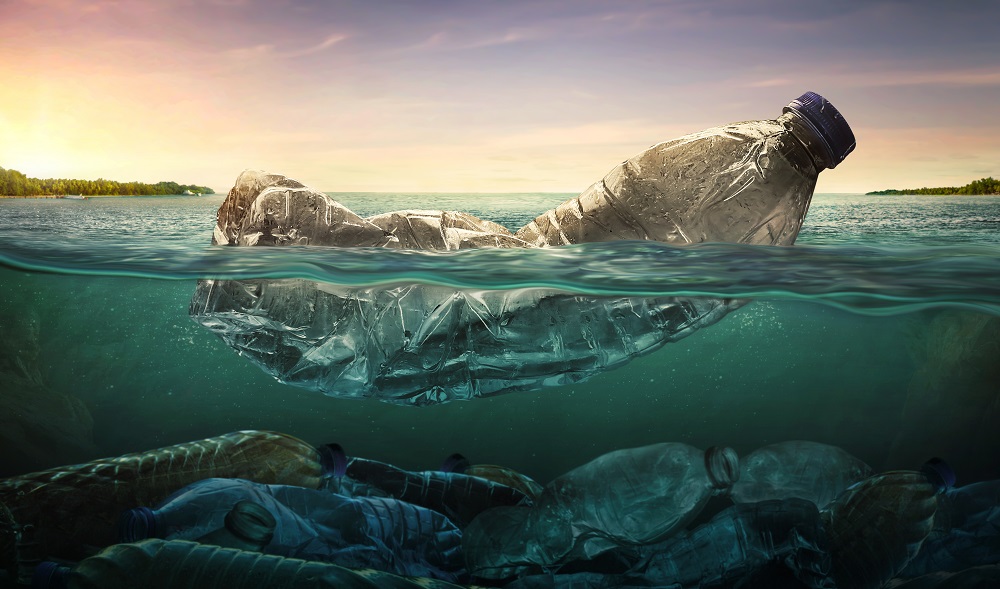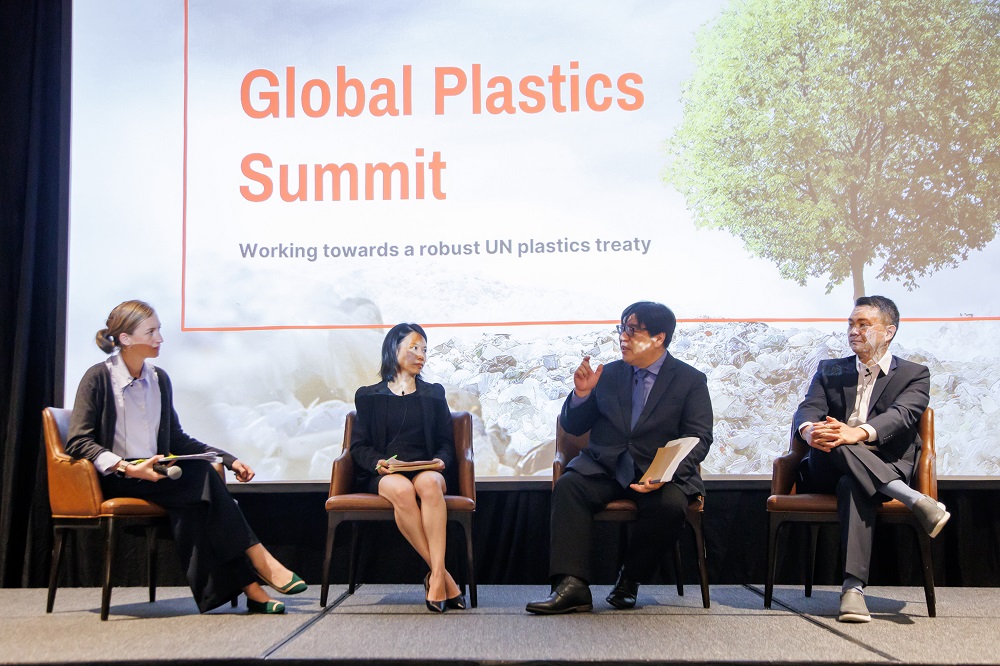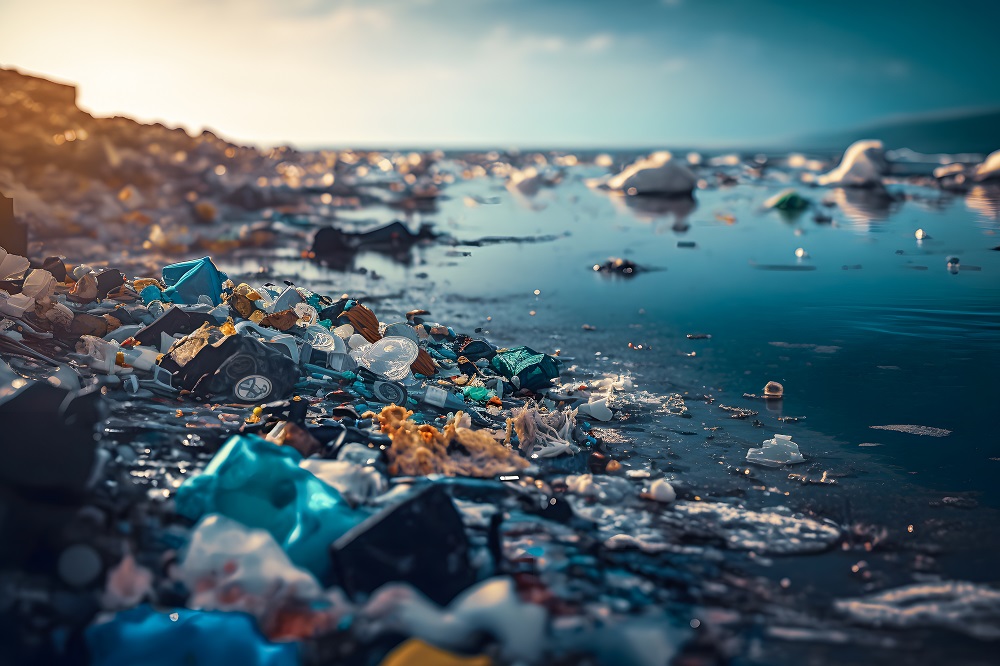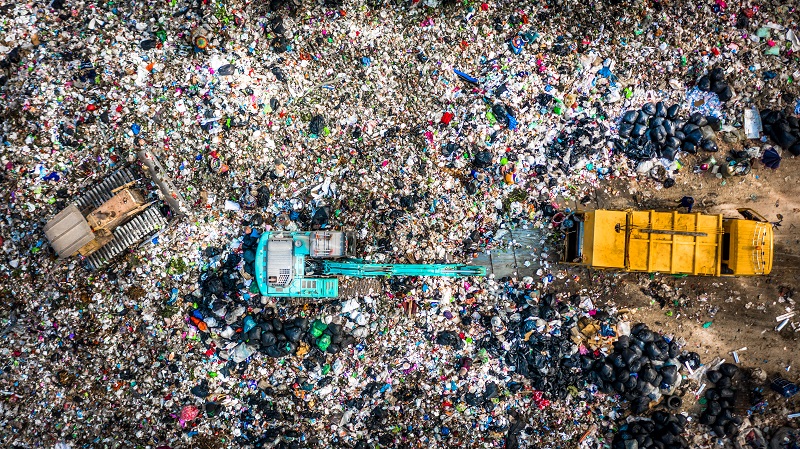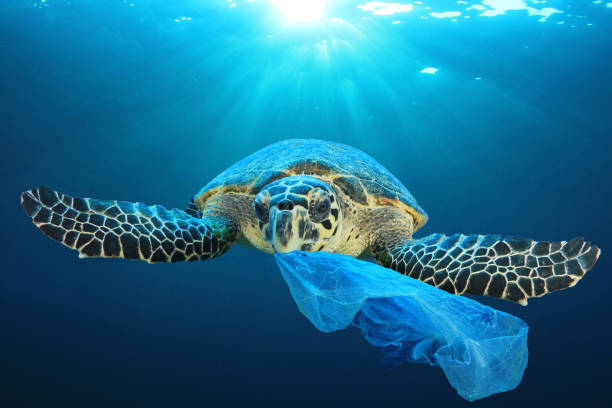AFFILIATED CONTENT
This article is written by Liviana Zorzi, National Plastics Action Partnership Specialist, Global Plastic Action Platform at the World Economic Forum
- Data show that plastic pollution is a critical challenge for the future of the region. With over 31 million tons of plastic waste a year generated in just six ASEAN countries, the impacts on health, fisheries and tourism are immense.
- ASEAN, with 35% of its population made up of young people, has huge potential in terms of creativity, innovation and transformative business models.
- Bold models of co-operation among governments, businesses and civil society can address the plastic crisis.
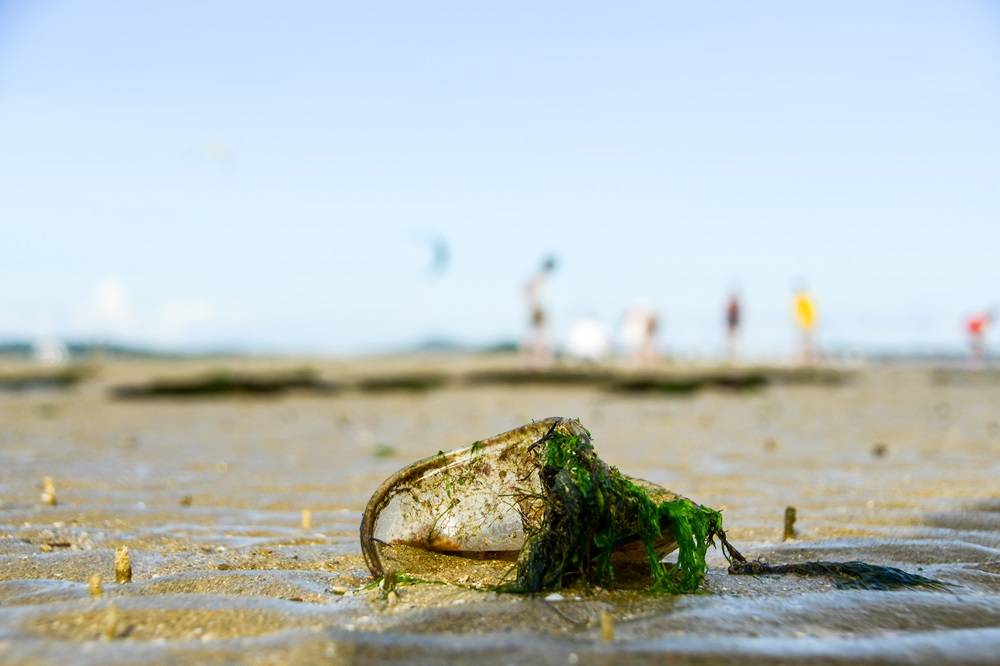
A massive threat
According to UN estimates, plastic accounts for 80% of waste in the ocean. Littering and improperly disposing of plastic items cause them to end up in rivers, seas, and eventually in the ocean. If we continue with business as usual in this regard, plastic will outweigh all fish in the sea by 2050.
Not all countries equally contribute to the problem, however. A 2021 report published in the American Association for the Advancement of Science shows that the highest contributors to plastic pollution are not the countries producing or consuming the most. The highest polluters are countries that, due to their conformation, coastline, rainfall, and inadequate waste management systems, are carrying more plastic to the sea through their polluted rivers.
Out of the ten highest polluting countries, six are in South-east Asia. The Philippines alone leaked 356,371 tonnes of plastic waste in a year into the ocean, about 35% of the global figure. This record is followed by Malaysia (73,098), Indonesia (56,333), Myanmar (40,000), Vietnam (28,221) and Thailand (22,806). Together, these countries account for more than half of the world’s ocean plastic pollution. Addressing plastic waste in the region is, therefore, imperative, not only for the regional green growth aspirations but also for the health of the whole planet and its inhabitants.
These six countries, together with Brunei, Cambodia, Lao and Singapore, are all members of the Association of Southeast Asian Nations (ASEAN). Despite their diversity in wealth and economic and political systems, all the member states aspire at advancing together towards sustainable growth, “united in diversity”.

Policy solutions
Pollution not only affects biodiversity and human and animal health but also heavily impacts the tourism and fishing industries, which are vital to the region’s economy. ASEAN members recognised their duty to collaborate to protect their coasts, seas, and livelihoods from marine plastic pollution back in 2019, when they adopted the Bangkok Declaration on Combating Marine Debris in the ASEAN Region. Based on this commitment, in 2021 they launched the Regional Action Plan for Combating Marine Debris. This five-year plan aims at supporting regional policies and improving co-ordination across three main areas: reducing plastic use and production, improving collection and recycling, and promoting reuse.
The plastic crisis knows no borders. Therefore, it is essential to promote cross-country co-operation and policy alignment.
Bans on single-use plastic products are an example of national policies that are being developed by more and more countries in the region. The goal is to turn off the plastic tap, considering that a major part of plastic pollution is caused by plastic straws, bags, sachets and food wrapping. Use of these items multiplied during the covid-19 pandemic.
Another policy tool that is slowly being introduced consists of extended producers’ responsibility (EPR) schemes. They require producers to rethink how they design and create products, taking responsibility for the whole life cycle, including disposal and recycling. Producers are called to respect specific waste reduction targets, as well as to pay fees that will fund the plastic waste management collection and recycling system. These policies are key to promoting the transformation from a linear production model (produce, use, disposal) to a circular one, based on reuse and recycling.
Countries where these policies were piloted have already achieved encouraging results: for example, Japan reduced the amount of packaging by 16% between 1996 and 2009. While the EU is calling for all its member states to develop policies related to plastic producers’ responsibility by 2024, in ASEAN their adoption is still uneven and at an early stage. Vietnam was the first South-east Asian country to issue a decree, in 2022, mandating packaging, recycling and waste treatment obligations for manufacturers and importers. The Philippines followed, issuing the EPR Act in July 2022. In several cases, initiatives are only voluntary, such as in Thailand.
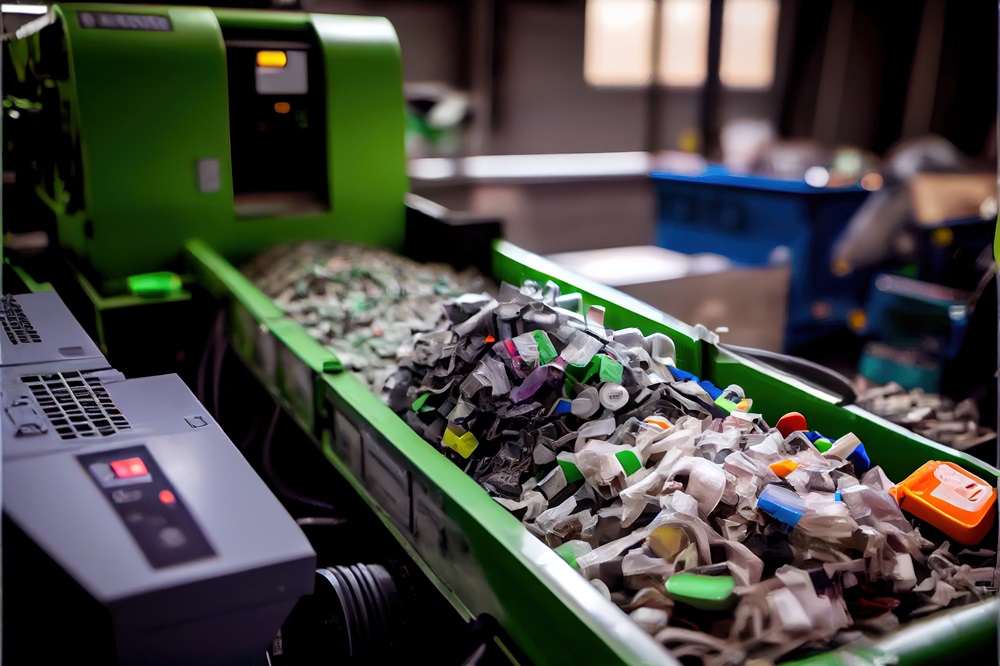
Companies are called to develop reusable products and reduce virgin plastic use on one side and contribute to post-consumer collection and recycling on the other. For targets to be both ambitious and achievable, it is important to consider the local context, making sure that everyone along the plastic value chain is in the condition to comply.
It is essential to ensure dialogue among policymakers, producers and those in charge of waste disposal, including the informal sector (who are known as ‘waste pickers’).
Regional collaboration becomes crucial to develop better policies. Facilitating dialogue across countries benefits both governments and businesses. It provides opportunities for sharing lessons from pilot projects and scaling up successful solutions developed locally.
Together, shifting the paradigm
ASEAN, with about a third of its population made up of young people, has a huge responsibility to ensure a sustainable future for its younger generations. ASEAN youth, in turn, can offer their skills and spirit of innovation to run transformative initiatives and social enterprises. The complexity of the plastic problem requires everyone’s collaboration and creativity. Bye bye plastic bags, Plastic tides Philippines, Second life, and Octopus are just a few examples of ways to tackle the problem of plastic pollution from different angles: they focus on clean-ups, awareness-raising campaigns, and artificial intelligence technologies for plastic collection, which ensure better opportunities for waste pickers. Most of the time such initiatives address not only the environmental and economic aspects of plastic pollution but also tackle its social impact. Viable system transformations need to ensure a positive impact on livelihoods.
A strong integrated action to combat plastic pollution can pave the way to a new era for ASEAN: from being known as the region most heavily contributing to ocean plastic pollution, it can become the region with the boldest green ambitions, taking concrete steps to solve the crisis.
ASEAN has the choice to participate in the current negotiations of the Global Plastic Treaty as an ambitious regional leader, thanks to robust record of co-operation and dialogue.

For example, Indonesia and Vietnam were the first two countries to join the Global Plastic Action Partnership (GPAP), in 2019 and 2020, setting up the National Plastic Action Partnerships. Cambodia followed in 2023. More ASEAN countries are now exploring the possibilities offered by this global network. Not only are Plastic Action Roadmaps developed based on sound scientific analysis, but government, business, civil society and academia representatives are also consulted throughout the process. Besides having their voice heard, partnership members can take real action, co-designing and implementing concrete solutions, and learning from each other within and beyond country borders.
Participation of ASEAN countries in initiatives such as GPAP, hosted at the World Economic Forum, can enable them to set up effective co-operation models and champion the paradigm shifts needed to overcome the plastic crisis.
Back to Blue is an initiative of Economist Impact and The Nippon Foundation
Back to Blue explores evidence-based approaches and solutions to the pressing issues faced by the ocean, to restoring ocean health and promoting sustainability. Sign up to our monthly Back to Blue newsletter to keep updated with the latest news, research and events from Back to Blue and Economist Impact.
The Economist Group is a global organisation and operates a strict privacy policy around the world.
Please see our privacy policy here.
THANK YOU
Thank you for your interest in Back to Blue, please feel free to explore our content.
CONTACT THE BACK TO BLUE TEAM
If you would like to co-design the Back to Blue roadmap or have feedback on content, events, editorial or media-related feedback, please fill out the form below. Thank you.
The Economist Group is a global organisation and operates a strict privacy policy around the world.
Please see our privacy policy here.


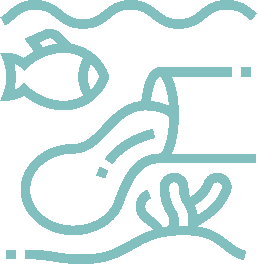

 World Ocean Summit & Expo
2025
World Ocean Summit & Expo
2025 UNOC
UNOC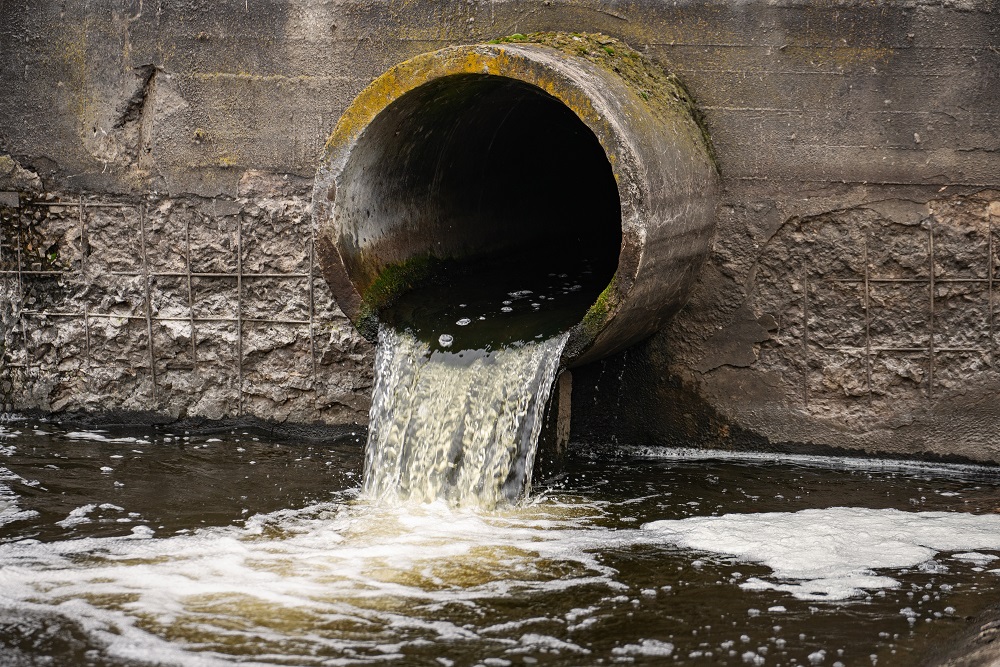 Sewage and wastewater pollution 101
Sewage and wastewater pollution 101 Slowing
the chemical tide: safeguarding human and ocean health amid
chemical pollution
Slowing
the chemical tide: safeguarding human and ocean health amid
chemical pollution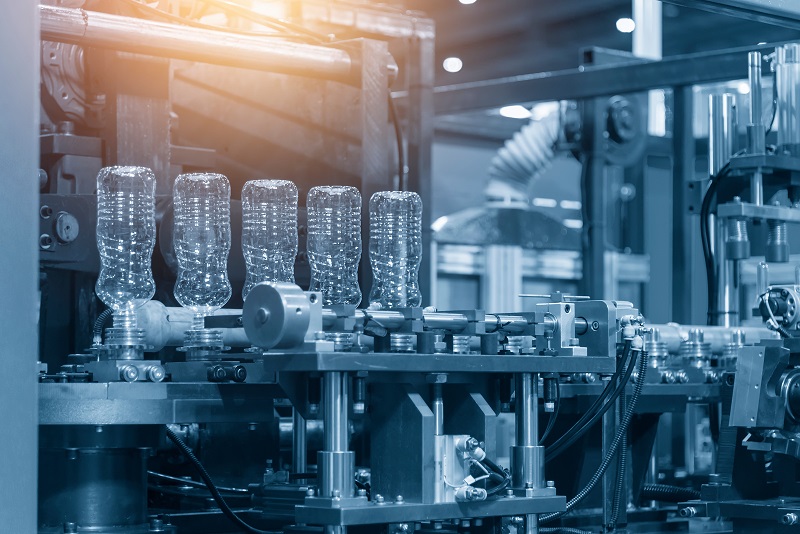 Hazardous chemicals in plastics - the discussions at INC
Hazardous chemicals in plastics - the discussions at INC







